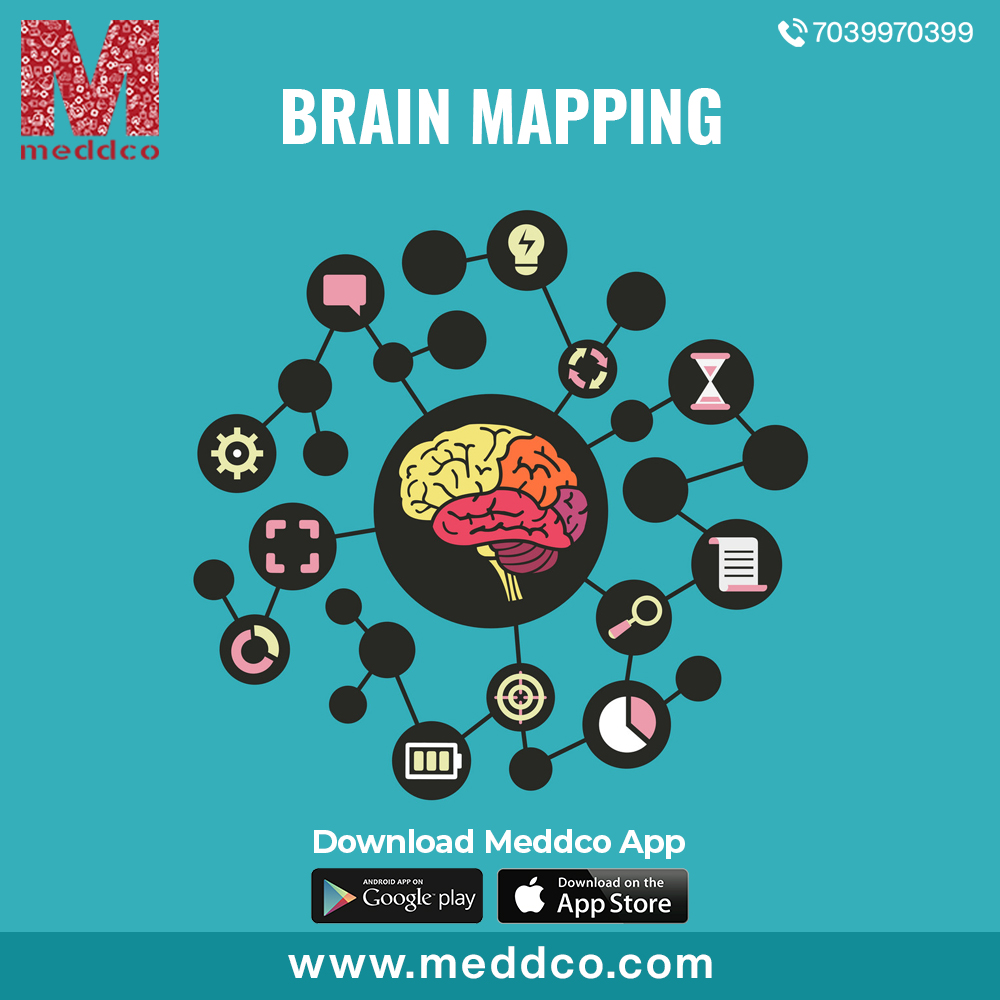

: Admin : 2021-10-07
Brain mapping is a novel, revolutionary technique evolved to study the anatomy and functions of the brain and spinal cord by using scientifically designed advanced technology like imaging, molecular and optogenetics, stem cell – cellular biology, neurophysiology and nanotechnology. The analysis of different structures and functions is done through a map study to understand the behaviour of the brain. It is used to analyse brainwaves and increase communications between different regions of the brain.
Every neuroimaging technique in the form of images or maps measuring the pattern of behavior of brain constitutes brain mapping. A connectogram is an example of map that depicts pictorial graphs of cortical regions that form concentric circles that measure connection between cortex and the strength of these connections. Small minute brain circuits can correctly decode definate pattern to understand how brain functions through measured images with the help of brain imaging technique.
Institute of Medicine and National Academy of science in 1980 formed a panel to record pattern of neuroscientific information using magnetic resonance imaging technique, magnetoencephalography, positron emission tomography, near infrared spectroscopy and similar non-invasive techniques to map anatomy, physiology, function and phenotypes of human brain.
The use of advanced scientific technology is done to study, research and compare healthy and diseased brains. Brain mapping analyses memory, learning, aging and drug effects in different people in patients suffering from autism spectrum disorder, clinical depression or schizophrenia through a chart or map study. This forms a part of an epidemiological survey of a country.
Brain study through brain mapping is crucial in understanding traumatic brain injuries. This is beneficial for treating diseased conditions of the brain, its management and planning a systematic treatment protocol in case of injuries to the brain.
The aim of this scientific method of screening, recording brain functions by integrated use of electron microscope and rainbow imaging techniques is to develop flexible computational brain atlases.
brain brainmaping behaviour
No Comments